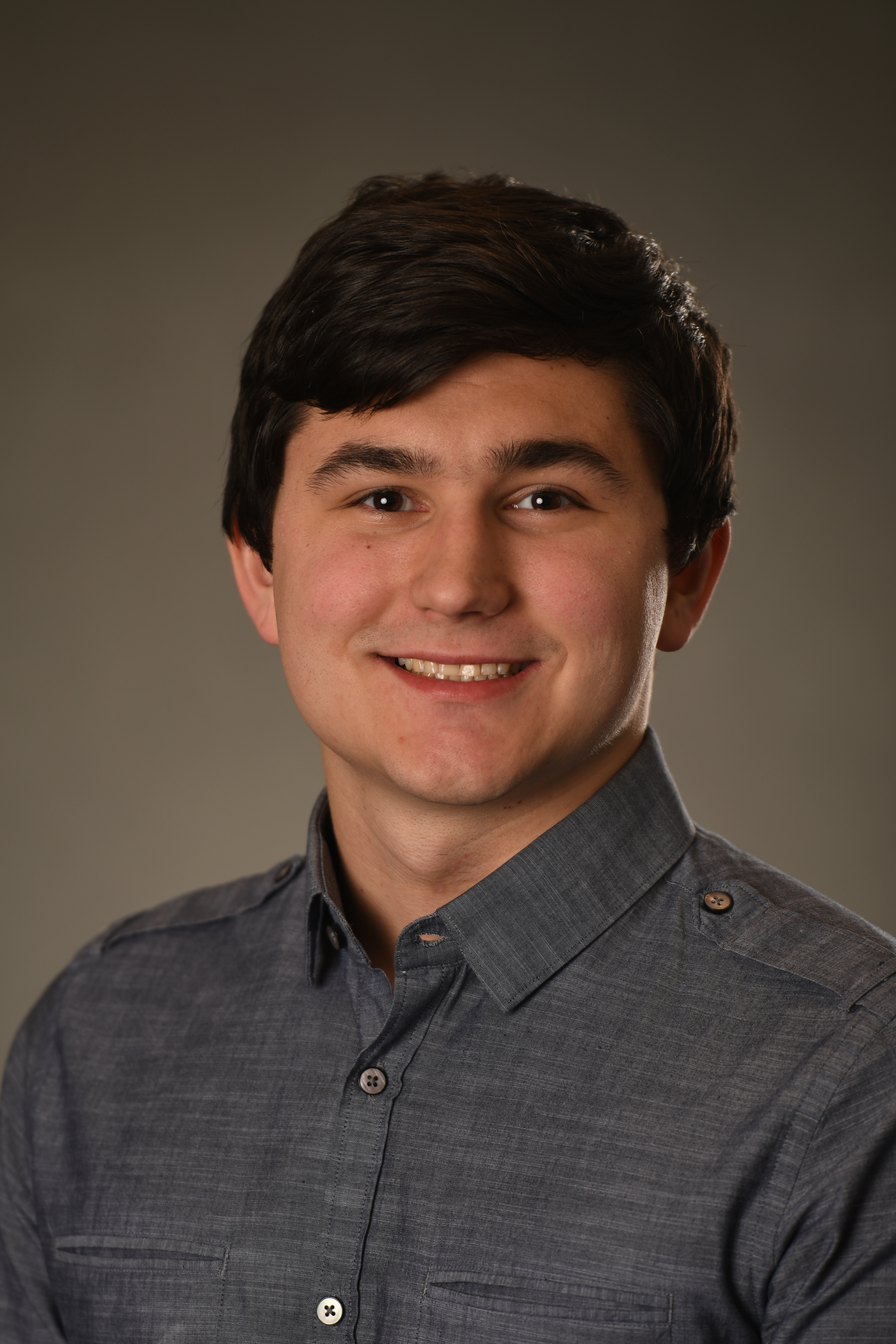Celebration of Scholars
#30: Creating an Enzyme-based Fluorogenic Reporter for Potato Virus Y
 Name:
Damian Leja
Name:
Damian Leja
Major: Biology
Hometown: Burbank, IL
Faculty Sponsor:
Other Sponsors:
Type of research: SURE
Funding: SURE
